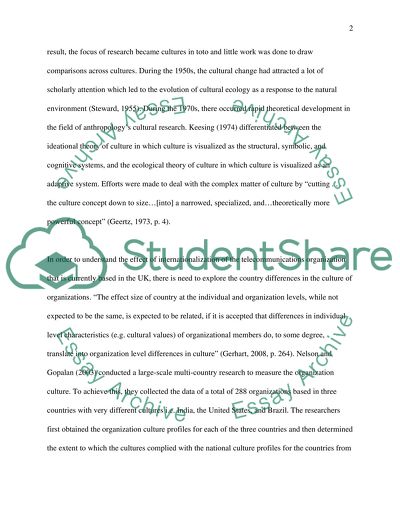Cite this document
(“Culture Shock and Poor Adjustment Essay Example | Topics and Well Written Essays - 3000 words”, n.d.)
Retrieved de https://studentshare.org/culture/1403518-cross-cultural-management
Retrieved de https://studentshare.org/culture/1403518-cross-cultural-management
(Culture Shock and Poor Adjustment Essay Example | Topics and Well Written Essays - 3000 Words)
https://studentshare.org/culture/1403518-cross-cultural-management.
https://studentshare.org/culture/1403518-cross-cultural-management.
“Culture Shock and Poor Adjustment Essay Example | Topics and Well Written Essays - 3000 Words”, n.d. https://studentshare.org/culture/1403518-cross-cultural-management.


